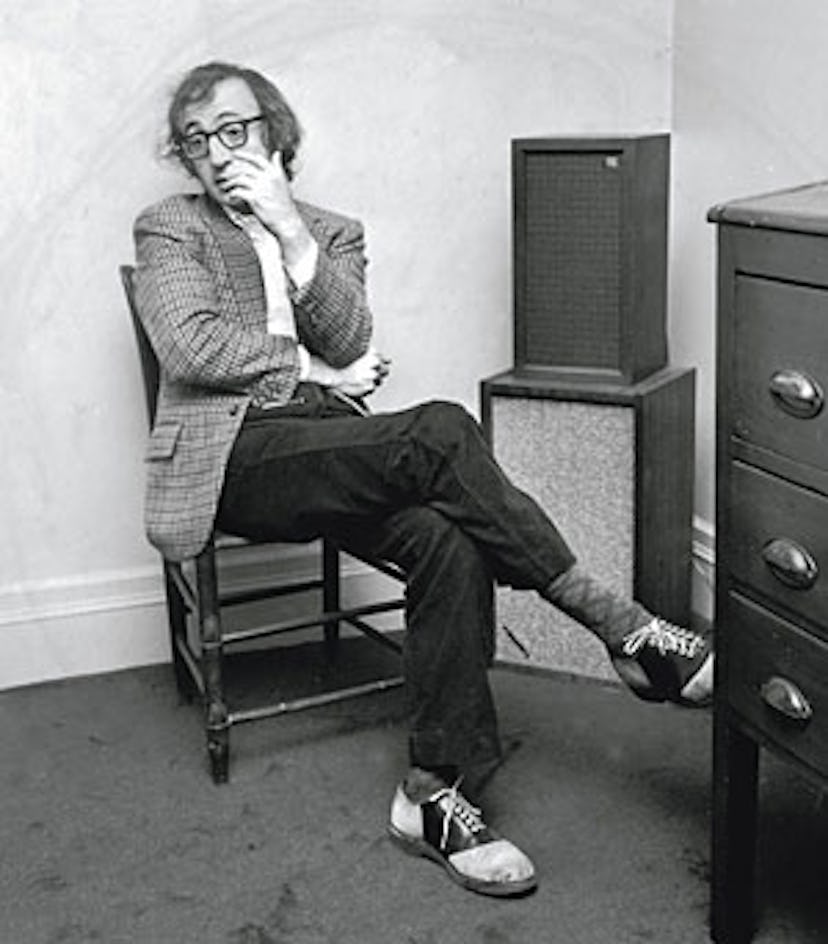Made in Manhattan

“I was born in Flatbush. That’s a nice neighborhood. They have only a limited number of killings,” Woody Allen told W in 1972. “But Manhattan has a high-type concentration of every phenomenon, including an acute sense of violence and an acute sense of humor…I love New York. This is my setting.”
Indeed, New York defined Woody Allen, and Allen has long defined it in return, with his stand-up performances at Greenwich Village’s Duplex, on Broadway with Don’t Drink the Water and Play It Again, Sam, and, of course, with his films, in which the city is often as central as the top-billed stars.
Allen’s personal life also played out on the New York stage—his breakup with Mia Farrow and marriage to Farrow’s adopted daughter Soon-Yi Previn was prime fodder for the local tabloids, which had always been intrigued by his high-profile romances. When Diane Keaton dropped in on his 1972 interview with W, Allen instructed the writer, “Oh, by the way, don’t say in the story that we’re going together. Just say we ‘hang out’ together.”
Appearance-wise, he’s an unlikely Romeo. “I used to eat a sirloin, thick and juicy, and a gooey ice cream sundae every night. But I never got over 115 pounds,” he told W. But his nebbishy looks haven’t hurt his status within the fashion industry. He befriended Gianni Versace, is a fan of Ralph Lauren, and in 1996, while in Milan with his New Orleans–style jazz band, sat front row at the Emporio Armani show and told W the presentation was as entertaining as a Knicks game: “But it was different from basketball… the girls [here] are taller.”
Even a lifetime in New York couldn’t transform Allen from a jumpy neurotic into a thick-skinned tough guy. “I wish I was a little more hostile,” he said in the 1972 interview. “Everything intimidates me. Dick [Cavett] and I can go to a restaurant together, and he can do things like sass the waiter and even send things back to the kitchen! I couldn’t do that. Never! I’m scared of waiters.”
Pierre Venant/Fairchild archive